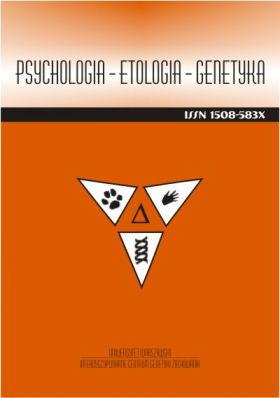Mechanizmy neuronalne fluencji semantycznej na przykładzie kategorii ożywione i nieożywione...
Neural mechanisms of semantic fluency living and non-living categories: fMRI study
Author(s): Barbara Gawda, Ewa Małgorzata SzepietowskaSubject(s): Psychology
Published by: Wydawnictwo Naukowe Scholar Sp. z o.o.
Keywords: semantic fluency; brain; fMRI study; non-living tasks; living tasks; magnetic resonance
Summary/Abstract: The performance of semantic verbal fluency task is considered as an indicator of semantic memory and linguistic competence. The neural mechanisms of semantic memory are still discussed. In our study, brain activation associated with the performance (silent) in two tasks of verbal fluency (concerning the categories: living – animals and non-living – vehicles) was described and compared. Brain activation was measured with functional magnetic resonance (fMRI) during a block schema tasks in 35 healthy individuals. Brain activation during tasks performance involved many brain areas, especially in the left brain hemisphere and in the right cerebellum hemisphere (compared to baseline condition). There were also found the differences in brain activation between non-living and living tasks; higher activation was observed in the fusiform gyri, in the hippocampus and in the parahipoccampal gyri. The data indicates that these tasks, despite of similar formal properties, are associated with partly different cognitive and neural mechanisms.
Journal: Psychologia-Etologia-Genetyka
- Issue Year: 2014
- Issue No: 30
- Page Range: 7-24
- Page Count: 18
- Content File-PDF

